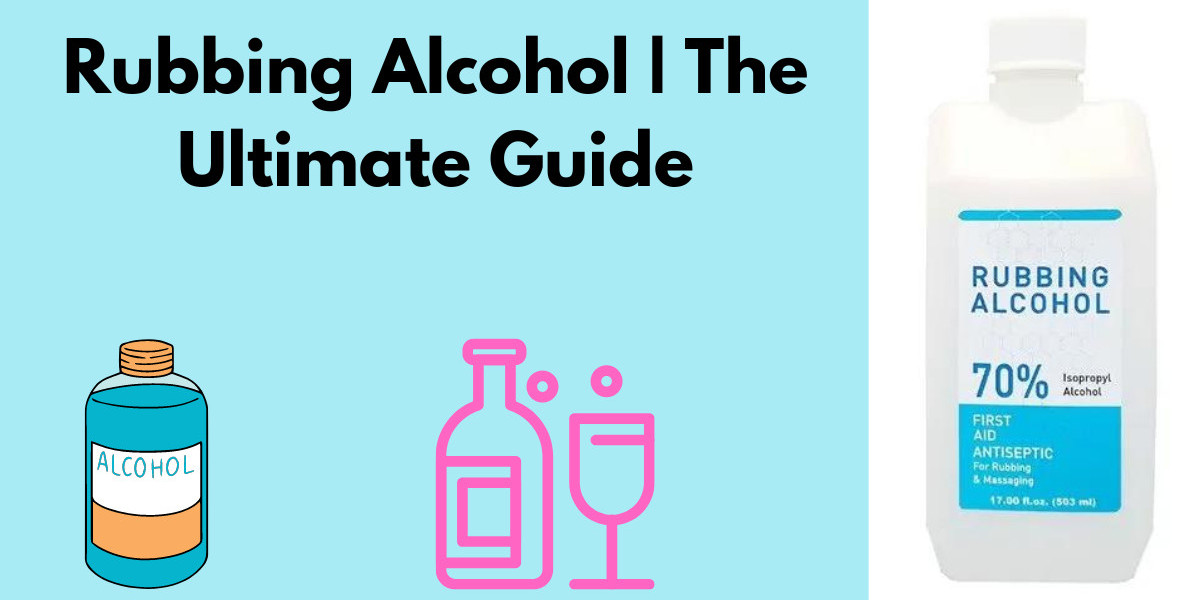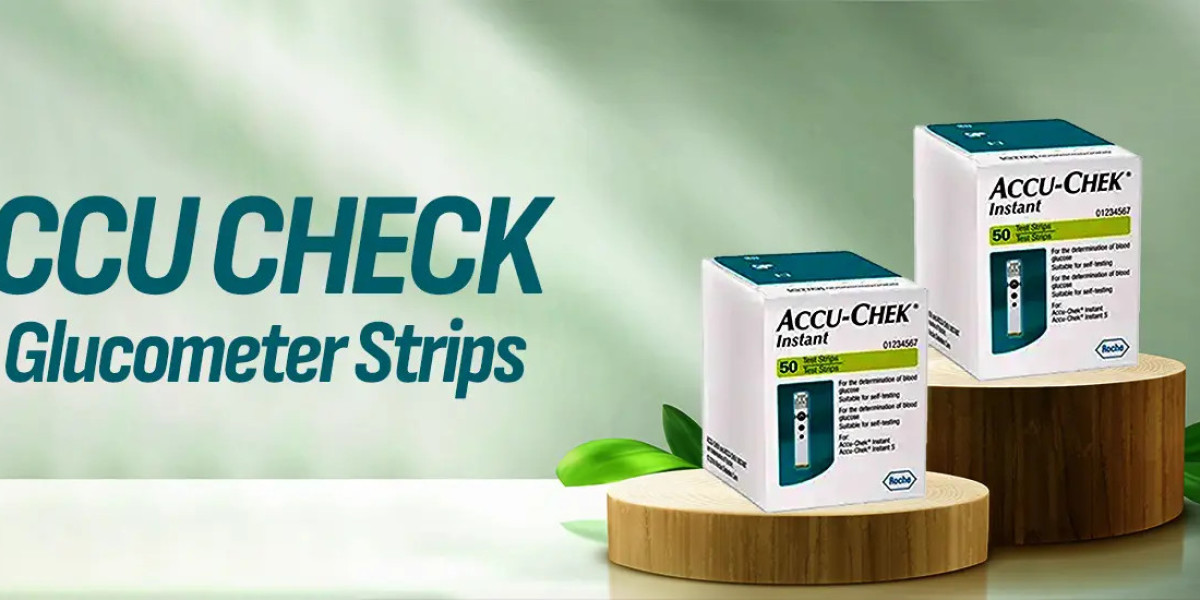Rubbing alcohol is a common household item that plays a crucial role in maintaining hygiene and health. It typically contains isopropyl alcohol, a clear, colorless liquid known for its antiseptic properties. The primary purpose of rubbing alcohol is to kill bacteria, viruses, and fungi. With a high alcohol concentration, it serves as an effective disinfectant and can be used in various applications, from cleaning to medical uses.
Composition of Rubbing Alcohol
Rubbing alcohol usually comes in two primary forms: isopropyl alcohol (IPA) and ethyl alcohol. The most common concentrations are 70% and 90%, with the 70% concentration being more effective as a disinfectant due to the presence of water, which helps slow down the evaporation process. This allows more time for the alcohol to penetrate the cell walls of microorganisms, leading to better disinfection.
Common Uses of Rubbing Alcohol
Antiseptic for Skin
One of the most prevalent uses of rubbing alcohol is as a topical antiseptic. It effectively cleans minor cuts, scrapes, and burns, preventing infection. To use it, apply a small amount to a cotton ball or pad and gently wipe the affected area. This practice is common in first-aid kits and healthcare settings.
Cleaning Agent
Rubbing alcohol is an excellent cleaner for various surfaces. It can remove dirt, grime, and even sticky residues left by labels or tape. Use it on glass, stainless steel, and plastic to restore their shine. It evaporates quickly, leaving no streaks or residue, making it perfect for cleaning electronics like smartphones and laptops.
Deodorizing
The strong scent of rubbing alcohol can eliminate unpleasant odors. Spraying it in areas that tend to smell musty, like bathrooms or kitchens, can help freshen the air. It can also neutralize odors on fabrics when diluted in water.
Household Disinfectant
In light of recent global health challenges, the use of rubbing alcohol as a household disinfectant has increased. Regularly wiping down high-touch surfaces, such as doorknobs, light switches, and countertops, can help reduce the risk of infections.
Medical Applications
Healthcare professionals often use rubbing alcohol for sterilizing medical instruments and cleaning skin before injections. Its ability to kill pathogens quickly makes it indispensable in medical settings.
Safety Precautions When Using Rubbing Alcohol
While rubbing alcohol is incredibly useful, it is essential to use it safely. Here are some guidelines:
Keep Away from Open Flames: Rubbing alcohol is flammable. Always store it away from heat sources and open flames.
Use in Well-Ventilated Areas: The fumes can be irritating. Ensure good ventilation when using it, especially in confined spaces.
Avoid Contact with Eyes: Rubbing alcohol can cause irritation or damage to the eyes. Be cautious when applying it near sensitive areas.
Store Safely: Keep it out of reach of children and pets to prevent accidental ingestion.
Rubbing Alcohol vs. Other Antiseptics
When comparing rubbing alcohol to other antiseptics, several factors come into play. Hydrogen peroxide and bleach are common alternatives. However, rubbing alcohol has distinct advantages:
Quick Evaporation: Unlike hydrogen peroxide, which can leave residues, rubbing alcohol evaporates quickly, making it suitable for quick cleaning.
Skin Compatibility: While some antiseptics can irritate the skin, rubbing alcohol is generally safe for minor cuts and scrapes when used properly.
Effectiveness of Rubbing Alcohol in Disinfecting
Studies have shown that rubbing alcohol is effective against a wide range of pathogens. It can eliminate 99% of germs when used correctly. The World Health Organization (WHO) recommends using alcohol-based hand sanitizers with at least 60% alcohol content to ensure effectiveness against viruses.
How to Make Your Own Rubbing Alcohol Solution
If you need a rubbing alcohol solution and cannot find it in stores, making your own is possible. Here’s a simple recipe:
Ingredients:
2 parts isopropyl alcohol (at least 70%)
1 part water
Optional: essential oils for fragrance
Instructions:
Mix the isopropyl alcohol and water in a clean container.
If desired, add a few drops of essential oil.
Store in a labeled spray bottle for easy use.
Additional Uses of Rubbing Alcohol
Insect Repellent
Rubbing alcohol can help repel insects when applied to the skin. It disrupts the scent trail that insects rely on, making it more challenging for them to find you.
Fabric Cleaner
Stains on clothing can often be treated with rubbing alcohol. Apply a small amount to the stain, let it sit for a few minutes, and then wash the fabric as usual.
Adhesive Remover
It is effective at removing adhesive residues left behind by stickers or tape. Just soak a cloth in rubbing alcohol and rub the area until the adhesive dissolves.
Shoe Cleaner
Use rubbing alcohol to clean the insides of shoes, particularly if they have absorbed moisture or odors. It helps to sanitize and refresh them.
Keyboard and Electronic Device Cleaner
For cleaning keyboards and other electronics, rubbing alcohol is ideal. It evaporates quickly and does not leave moisture that can damage electronics.
Rubbing Alcohol in the Home
Many households stock rubbing alcohol due to its versatility. It can be used in various DIY cleaning solutions, providing a cost-effective way to maintain cleanliness. Furthermore, its antiseptic properties ensure a safer living environment.
Choosing the Right Rubbing Alcohol
When purchasing rubbing alcohol, consider the following factors:
Concentration: Choose a concentration based on your needs. For general cleaning, 70% is effective, while 90% or higher is suitable for sterilizing surfaces and tools.
Type: Ensure you select isopropyl alcohol or ethyl alcohol for safety and effectiveness.
Packaging: Look for well-sealed containers to prevent evaporation and spills.
Environmental Impact of Rubbing Alcohol
Rubbing alcohol can have environmental implications, particularly when disposed of improperly. Avoid pouring it down the drain or throwing it in the trash. Instead, check local regulations for hazardous waste disposal. Using eco-friendly cleaning alternatives when possible is advisable for those concerned about environmental effects.
Rubbing Alcohol and Skin Care
Some people incorporate rubbing alcohol into their skincare routines. While it can help with acne by drying out excess oil, overuse can lead to skin irritation. It is crucial to use it sparingly and follow up with a good moisturizer.
The Future of Rubbing Alcohol
As health awareness increases, the demand for rubbing alcohol is expected to grow. Many companies are exploring sustainable production methods and eco-friendly packaging solutions. Consumers are also becoming more aware of the importance of disinfecting surfaces in daily life.
Conclusion
In summary, rubbing alcohol is an indispensable tool in maintaining health and cleanliness. Its versatile applications, from antiseptic uses to effective cleaning solutions, make it a must-have in every home. By using rubbing alcohol safely and effectively, you can enhance your hygiene routine and enjoy a cleaner living environment. Embrace the power of rubbing alcohol and experience its numerous benefits today!



